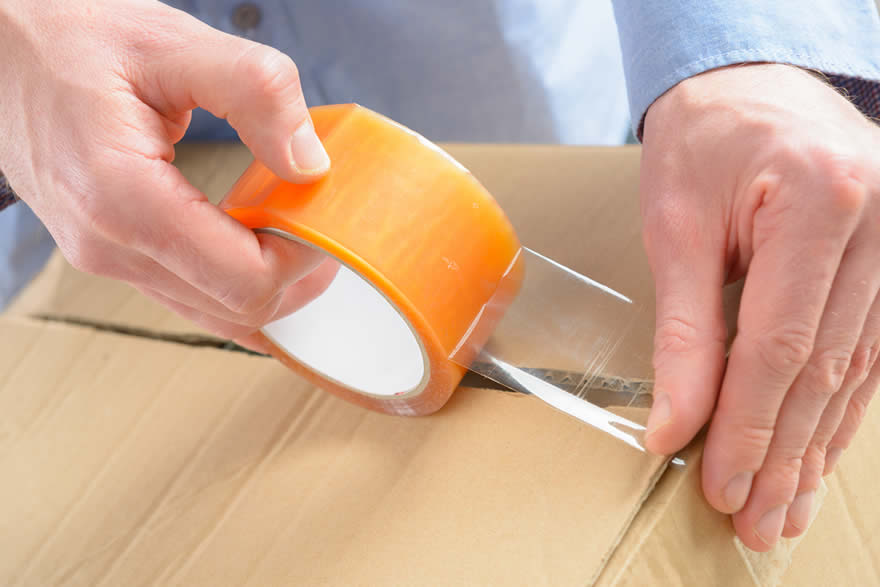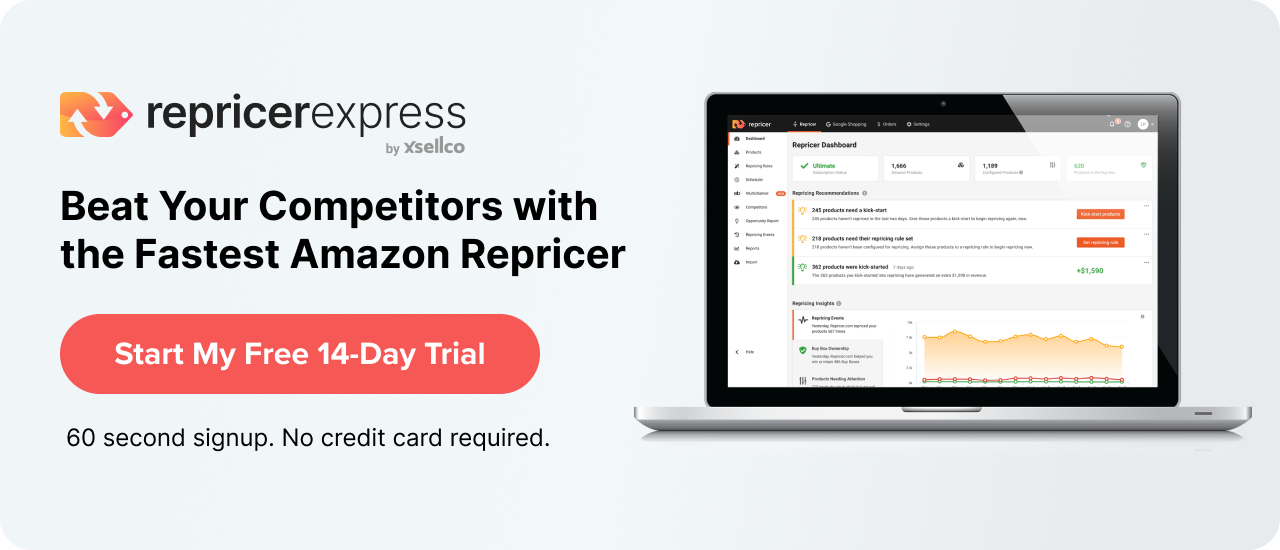Getting that first sale sure is an exciting feeling, sort of like finding out the movie you wanted to watch is available on Netflix. But unless you’re going to be handling every single aspect yourself, there are other factors to consider. RepricerExpress takes a look at whether dropshipping through FBA or on your own can benefit you most.
Dropshipping in General
Let’s say you’re not at all interested in creating your own inventory line, for whatever reason. Dropshipping is one of the best alternatives out there, as it allows you to act as the middleman by not dealing with the products at all. Instead, you place an order with a supplier or manufacturer and have them ship the product to the customer. Profits aren’t as high with this model, but you do get the perk of ease and simplicity.
Dropshipping on Amazon
The basic ins and outs of dropshipping don’t really change when you transfer the concept to Amazon, other than you have to take into consideration the quirks of dealing with that particular marketplace. Rather than really explore what makes it so unique, let’s just take a look at the pros and cons of dropshipping on Amazon.
Pros for Amazon
- As mentioned before, you don’t have to worry about the nitty-gritty of buying and selling. Forget about things like ordering, stocking, storing and shipping, and just focusing on passing on the order and address to the supplier.
- You’ll have a ton less overhead to pay for with no products to store.
- You’ll also save money on shipping because you won’t have to do it!
- Time will become more plentiful because there’s no order fulfilment to worry about — you can focus on growing your business in other areas.
- A limited product inventory is of little worry because you can ‘present’ huge selections by teaming up with multiple suppliers or manufacturers. Variety, in this sense, can really help broaden your appeal.
- Doing dropshipping on Amazon means you’re privy to their search engines and marketing tools so you can piggyback on the work that other sellers have already done.
- You have immediate access to a potentially HUGE audience because of the sheer numbers that buy from Amazon.
Cons for Amazon
- Having to eat an automatic 10-15% sell fee on every item (Amazon’s rules, not the seller’s) can really hurt, especially if the profit margin for an item is already slim.
- The seller might tack on another ‘fee’ for you to use their services, making your end profit margin even slimmer.
- You don’t have much — if any — control over how an item is marketed and advertised because of what Amazon says a product has to have.
- You might have to deal with more customer support because you’re now dealing with two points, the buyer and the supplier, instead of just the buyer as without dropshipping.
- Buyers won’t care about what’s going on at the supplier/manufacturer’s end; you’re their only point of contact, so you’ll have to reassure them, even if your supplier/manufacturer is having the issues.
- You also can’t really develop any sort of warm or lasting relationship with your buyers because of the restrictions imposed on you.
Dropshipping on Your Own
So, let’s say you want to dropship but not with Amazon — you can still do that on your own by creating your own store. As with Amazon, there are pros and cons to this choice, too.
Pros of Dropshipping on Your Own
- Total control over how an item is branded, marketed and advertised. If you think the SEO for an item would work better in a particular way (or if you want to change the SEO practices for each item or category), you can totally do that!
- Speaking about control, you also get all and final say in how the design of everything looks. Amazon is largely functional and utilitarian in how its items are presented, but you can completely switch things up on your own store. Just look at the difference between stores like Burton and Burt’s Bees are because of how much aesthetics makes a difference in selling each type of item. On Amazon, though, all different types of products are presented in the same manner, which really detracts from how powerfully they can be sold.
- You can easily market to the mobile audience, which is only growing every day, week, month and year. Responsive web design is no longer an option, yet Amazon seems to think it’s just a frilly perk.
- Finally, you can keep more fees and profits to yourself instead of automatically handing over 10-15% to Amazon.
Cons to Dropshipping on Your Own
- You’ll have to work extremely hard to build up audience traffic, as you won’t have the benefit of tapping into the millions that use Amazon every day.
- You’ll also have to develop the creative skills necessary for implementing strong and enticing design and SEO because you won’t have the benefit of simply filling out forms as you would with Amazon.
- Oh, and if you have any technical issues with the server, hosted domain or the code itself, it’s all on you.
Going with Fulfilment by Amazon
Last but not least is the option of using FBA. This is sort of the odd duck out because it doesn’t necessarily have to stand alone. You can use FBA in conjunction with dropshipping on Amazon, and you can use FBA if you want to dropship on your own store. You can also choose to forgo it entirely and find some other third party to help out with the shipping.
However, using FBA — especially if you’re using dropshipping to expand on your ‘inventory’ — is a good idea because it takes most of the hassle out of dealing with order shipments and customer support should anything go wrong.
Pros of FBA
- Using it can be really hassle-free, especially once you’re established. You can choose to be as much or not involved in the selling process as you want, as FBA takes care of a lot of the work. You can’t totally ignore your products and their descriptions, but you can forget about a lot of that stuff.
- It is SO much easier selling stuff people have built up instead of branding your own line, as they’ve already done all the work in terms of description-writing, social media, marketing, sharing and advertising.
- You can easily control how much stock you have left and if you can ship it or not. Consumers hate seeing product descriptions where the item isn’t in stock, and dropshipping means you don’t have total control over whether or not the supplier has Product X readily on hand. While suppliers are generally reasonable, honest people, it’s a lot less stress ordering a small batch for yourself and seeing first-hand whether you can ship it or not.
Cons to FBA
- Ah, but while you can control your own inventory, you’re also responsible for the costs of storing it.
- Also add on to this the cost of paying someone else to fulfill your orders.
- While we’re at it, remember you also need space to store your items.
Final Thoughts
Selling things online sure is no walk in the park, but if you’re passionate about it, then become your own boss. There’s just no comparison to being able to skip out in the middle of the day for a coffee with your mum, or do a batch of laundry while you’re processing orders. Or huddling inside when the weather’s miserable. But no matter which option you choose, there’ll always be one aspect you’ll be in charge of, pricing items. Using RepricerExpress is one of the easiest ways you can manage this, sort of like using a dishwasher instead of scrubbing every plate and glass by hand. Simplify your life right away by kicking off your free 15-day trial!






